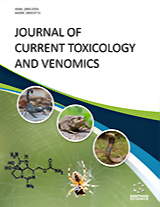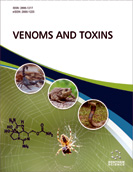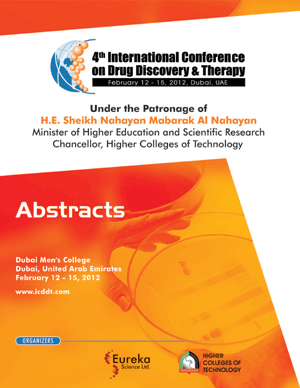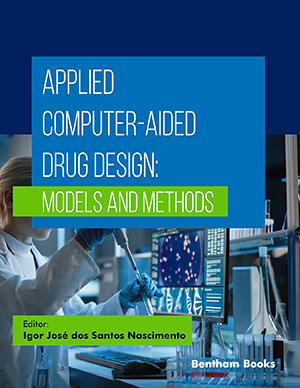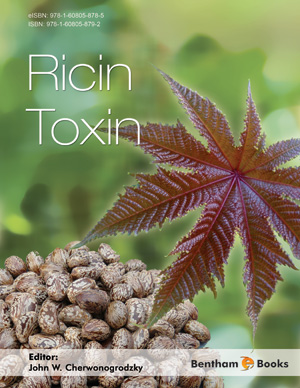Abstract
One of the chief reasons for drug attrition and failure to become a marketed
drug is the potential toxicity associated with its administration. Therefore, many drugs
encountered in the past reached the last phase of drug development successfully but
could not be marketed despite their potential drug-likeness due to their inevitable
toxicity properties. This issue can be addressed considerably by employing
computational toxicological approaches for predicting the toxicity parameters of a drug
candidate before its practical synthesis. Pharmaceutical companies utilise computer-based toxicity predictions at the design stage for identifying lead compounds
possessing the least toxic properties, and also at the optimization stage for selecting
candidates as potential drugs. This integrative field has been exploited for various
applications including hazard and risk prioritization of chemicals and safety screening
of drug metabolites. The importance of QSTR models for the computational prediction
of toxicity is also discussed in this chapter. Various important and predominant
software for in silico toxicity prediction including ADMETox, OSIRIS Property
Explorer, TopKat and admetSAR 2.0 are also covered herein. This chapter also
discusses various freely accessible online clinical repositories such as BindingDB,
PubChem, ChEMBL, DrugBank and ChemNavigator iResearch Library. Therefore, the
present chapter focuses on the role played by computational toxicology in the
procedure of drug profiling and in establishing freely accessible online clinical
repositories.
Keywords: SARS-CoV-2, SARS, Nucleocapsid protein, Spike protein, Envelope protein, NAAT, OTC tests, RT-PCR, Gag-Pol polyprotein, RdRp, MERS, ACE-2.




